The saying goes once you learn how to ride a bike you’ll never forget. Well, that may be true but I can tell you from experience that doesn’t mean you’ll be any good at it.
I’m a firm believer that there are three things every nature cinematographer must work on if they want to reach their full potential as a filmmaker. In The Best Tip Ever for Shooting Better Nature and Wildlife Video I talked about patience and why you need it if you want to see your footage improve.
In addition to patience, there’s another word you need to be very familiar with and that’s practice.
If you want to be a better nature and wildlife filmmaker, you have to practice.
There’s no substitute for practice. It doesn’t matter if it’s sports, playing a musical instrument or cake decorating. The more you practice the more your skills improve.
Practice means more than just pointing the camera and hitting the red button. If you want to improve, here are some things I think will help you reach your goals.
Know Thy Video Camera
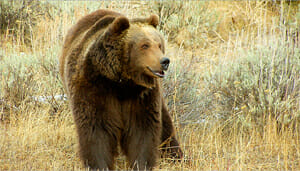 When the grizzly bear steps into a clearing and is illuminated by a single ray of the sun is not the time to reacquaint yourself with your camera controls. You should be familiar with every button, switch and dial of your camera. If you have to feel around for the focus assist button or look away from your subject to find the neutral density dial you’re risking missing the shot. You should be able to find any control on your camera with your eyes closed. In fact that’s what I do. Closing your eyes actually increases your other senses. Your fingers learn how far they have to travel to reach any given control as well as what each button and switch feels like. The “Push Auto” button on both my main cameras has three horizontal dots in the middle of the button. The #2 User button on each of my cameras has a horizontal line on them making it easy to tell by feel alone which button is which. Pushing the wrong user assigned button can mean you come away with nothing but the memory of that once in a lifetime moment.
When the grizzly bear steps into a clearing and is illuminated by a single ray of the sun is not the time to reacquaint yourself with your camera controls. You should be familiar with every button, switch and dial of your camera. If you have to feel around for the focus assist button or look away from your subject to find the neutral density dial you’re risking missing the shot. You should be able to find any control on your camera with your eyes closed. In fact that’s what I do. Closing your eyes actually increases your other senses. Your fingers learn how far they have to travel to reach any given control as well as what each button and switch feels like. The “Push Auto” button on both my main cameras has three horizontal dots in the middle of the button. The #2 User button on each of my cameras has a horizontal line on them making it easy to tell by feel alone which button is which. Pushing the wrong user assigned button can mean you come away with nothing but the memory of that once in a lifetime moment.
Not All Video Cameras Are Created Equal
Even though both of my main cameras are similar there are also differences as well. The iris control on my “A” camera is on the lens right behind the focus ring. The iris control on my “B” camera is a wheel located towards the bottom left on the camera body. It’s a good idea to do a quick run through for all the major camera controls before you head out into the field especially if it’s been a while since you picked up a particular camera. It’s happened to me more than once that I reached for the iris wheel only to remember that I was using my “A” camera and missed a shot because it was overexposed.
Not only should you be very familiar with all the controls, you should go over the menu system of your cameras as well. Both my main cameras can shoot HD video at 60 frames per second. However, the menu choices I have to select to change from 24fps to 60fps are different for each camera. Once again, shots can be missed if you’re fiddling around with your menu controls. You should know how to change any camera setting via the menu system without hesitation.
Practice Makes Perfect
Knowing how your video camera operates is not enough.
There’s no substitute for actually taking your camera and hitting the record button. But there’s more to it than that. Luckily a lot of cameras today record on some sort of memory card making it easy to shoot, erase and shoot again. You need to create situations for yourself that you can film as if you were out in the field. You don’t have to even leave your home in order to do this. If you have some houseplants try capturing it from different angles. Challenge yourself to find ten different ways to film the same plant. Practice rack focusing, camera movement. Find different angles. Work on your composition.
I keep filled bird feeders in my yard year-round. The birds that visit daily are a great subjects to practice on. They’re small, they’re constantly moving and best of all, you can film them from your window. Filming birds coming to a feeder sounds a bit like shooting fish in a barrel but believe me if you’re not quick to compose and focus you’ll become frustrated in no time at all.
Just about any situation can be turned into a practice session to keep your skills sharp. I’ve even sat on a highway overpass practicing my follow focusing as cars and semi’s raced towards me on the highway below.
Review Your Footage
Once you’ve shot your practice footage it’s important to go over it. Check your composition. Would it have been better if you had placed your subject higher in the frame instead of lower? How’s your exposure? Did you blow out any highlights? Do the highlights distract from your main subject? Is your footage muddy? Would a filter been helpful? Is your subject in sharp focus?
If you’re footage isn’t up to the level you want it to be, now is the time to dissect it and figure out what you need to do differently.
Don’t be afraid to check out other filmmakers work that you admire and see how they tackled the subject. Maybe it’s something as simple as they’re using a shallow depth of field to isolate their subject and your subject gets lost in the background. Maybe they are crushing their black while your footage is flat.
The bottom line is if you’re not happy with your footage, work to find out what the issues are and find a way to solve them.
Get a Second Opinion
If you’re not happy with your footage don’t be afraid to get a second opinion. We’ve all made mistakes filming nature and wildlife but if we are truly passionate about it, we are always trying to improve. No matter how long you’ve been a natural history cinematographer, there is always room to learn something new just as there is always room to make mistakes. By helping each other get the best footage we possibly can, nature and wildlife come out the winners.
It’s Up to You
Don’t wait until that big trip to Yellowstone or as you’re climbing into a Land Rover on Safari to pick up your camera. Pick it up now, find something to film and keep at it until your camera is an extension of you hand, brain and heart.


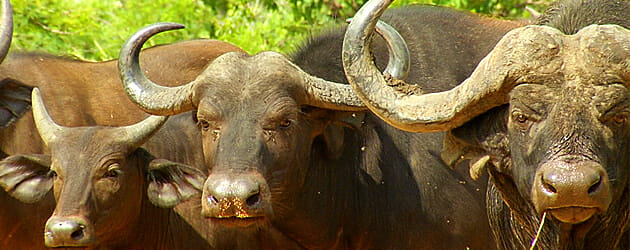
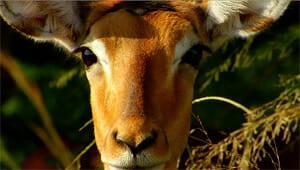
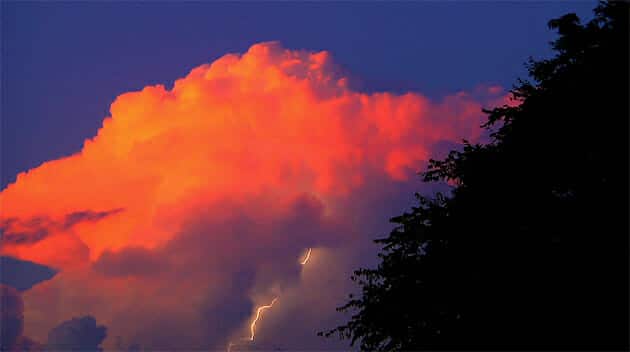
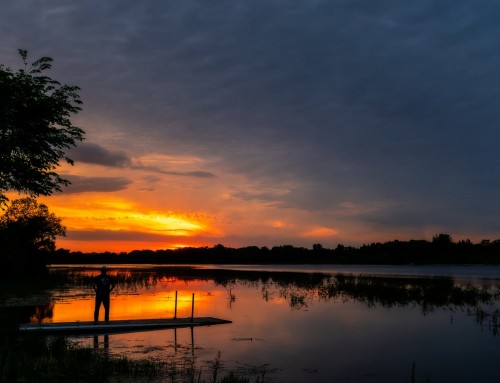
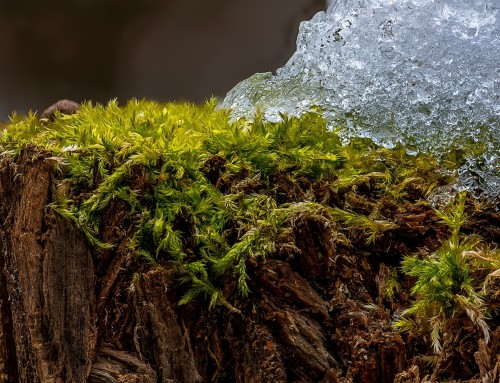

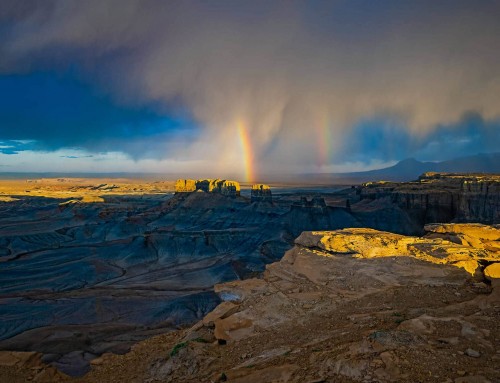
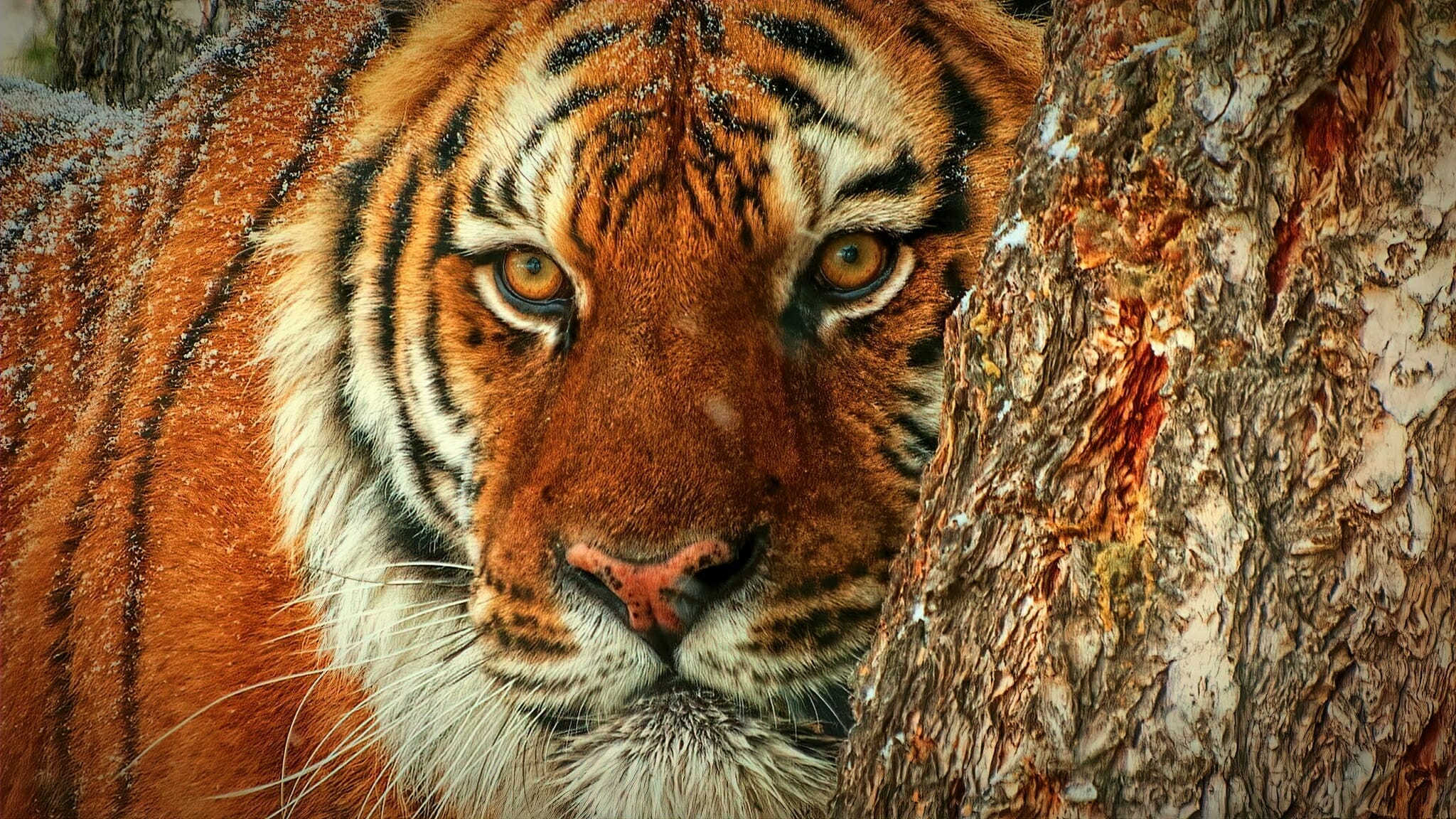
Hey Kevin,
These are all excellent points. My son has read through pretty much everything you have on here and has been going for a walk every day after school. He always took intuitively good pictures before, but he’s getting so much better. We’re going to have to buy him a good camera. Thank you so much for these posts 🙂
Trish,
I’m humbled that your son found my posts worth his time to read and feels inspired to get out after school.
Is there something he’s like me to talk about here? I’m kind of behind on my tutorials but I’m hoping to remedy that soon.
Nature and wildlife photography is very similar to nature and wildlife filmmaking so if there’s something he’d like to know more about I will certainly see if I can do a post or a video for him.
The more he gets out, the more he will see. He’ll see things instinctively that most other people will just pass up because they haven’t spent the time just observing.
I love getting out into nature with people and show them all the things that they had walked right by.
A good camera will really help to be able to express what he sees and what he feels inside.